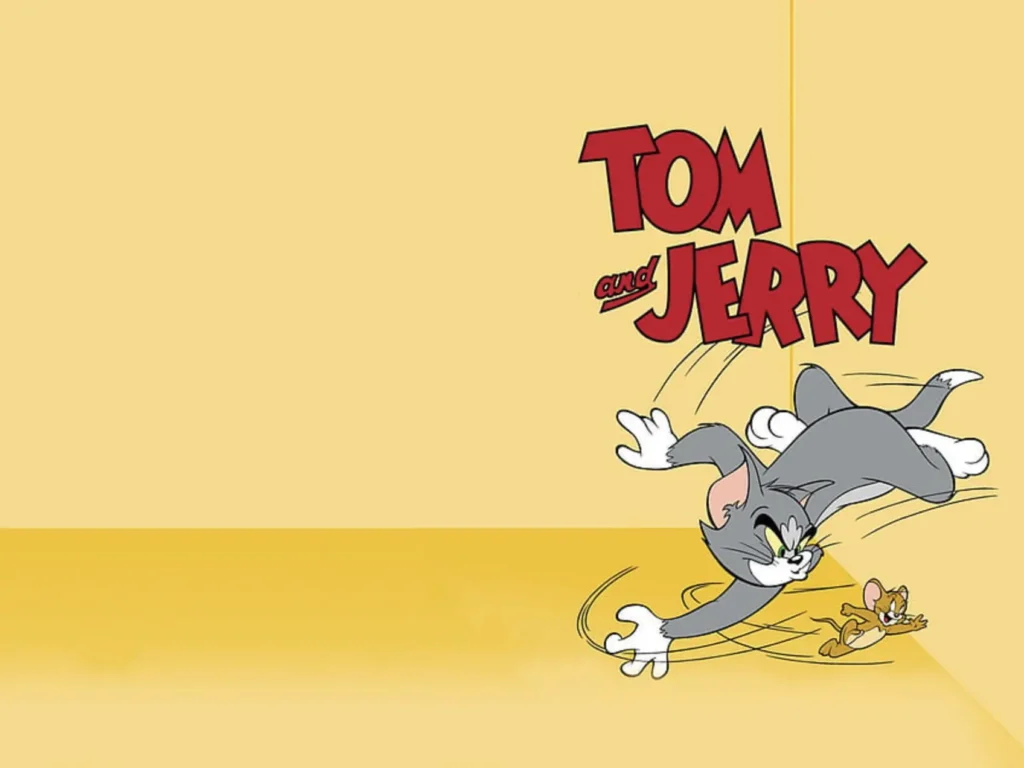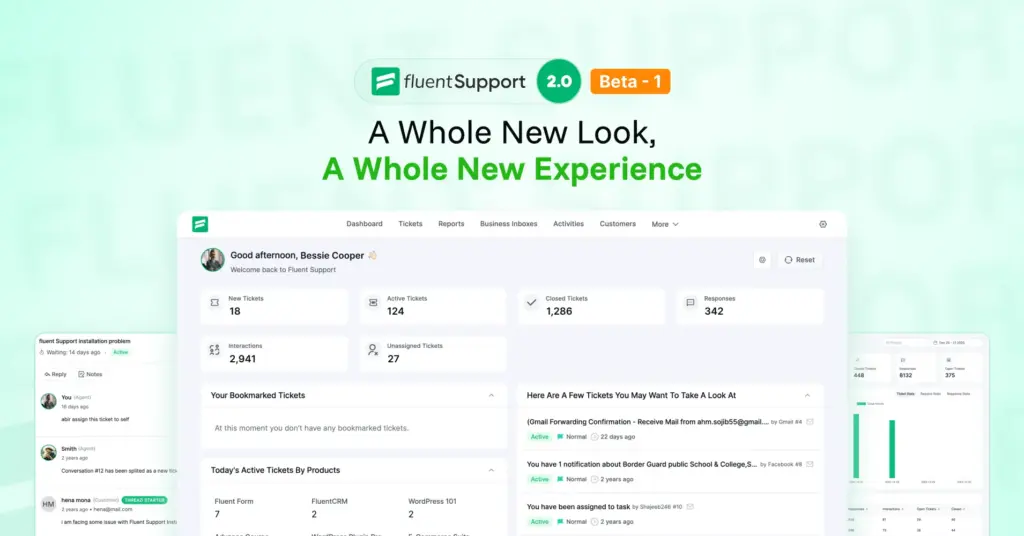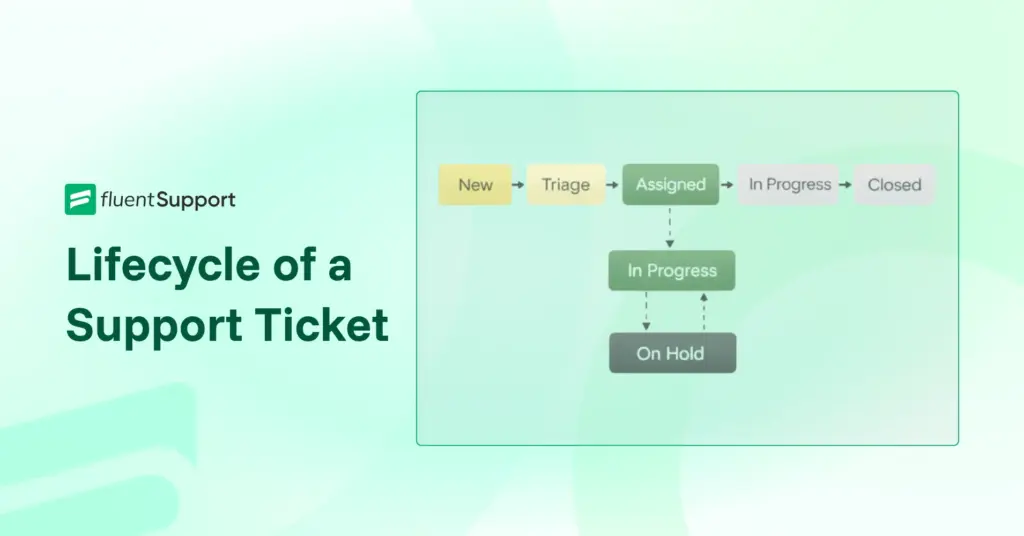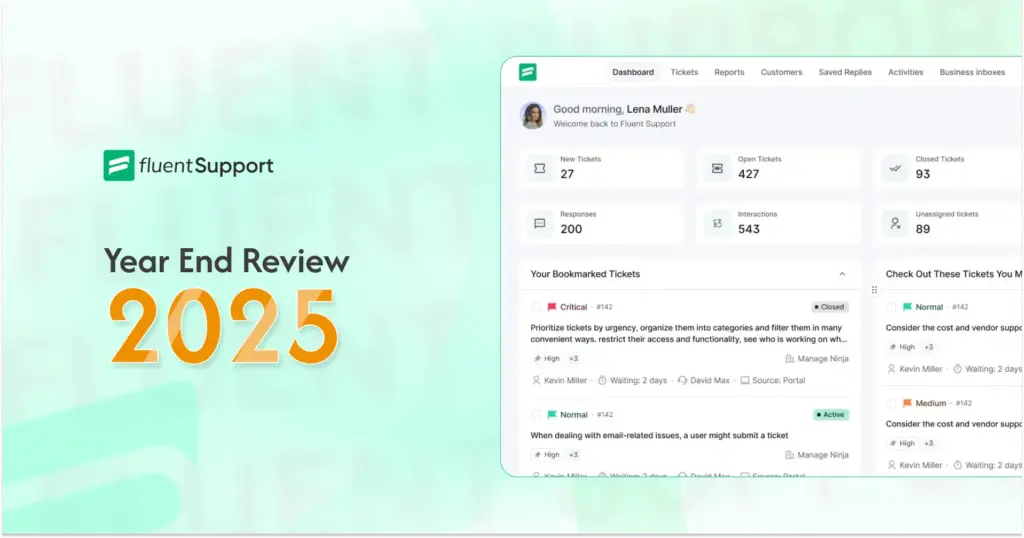
Customer Service Collaboration: Benefits You Can’t Afford to Ignore
By Prosanjit Dhar
September 2, 2024
Last Modified: September 12, 2024
We all are probably familiar with the popular saying that “Customer is king.”
So, there is no doubt that a customer holds the sole power to choose where to spend their money. Therefore, your customer service must have to meet the customer expectations and needs properly.
A customer expects your service to be effortless, convenient, and fast. And, to truly meet these high standards and deliver an outstanding experience, the service representatives need to go beyond everything to ensure a good service.
This is where collaborative customer service becomes crucial.
By working together and sharing insights, teams across marketing, service, and development can identify exactly what your customers want.
What is collaborative customer service?
Collaborative customer service is the seamless sharing of conversations, information, and data across teams & departments.
It helps bridge gaps, streamline processes, and enhance the overall experience of the customers. The end result is turning a good experience into an outstanding one.
Why is collaboration so difficult in customer service?
Not all customer interactions are same. Sometimes agents face complex situations which can be quite challenging to resolve alone.
The reps need to help each other to manage these situations effectively. But, this is easier said than done.
Did you watch the classic American animated comedy series “Tom & Jerry”?

Back in the ’90s and early ’20s, this was a very popular animated series among children, and many of us remember it from childhood. The moral of this “Cat and Mouse” chase is that it usually never ends.
One day the cat chases the mouse and the next day the mouse chases the cat. At the end of the day, nobody wins. In the middle of it all, they lose their energies chasing each other.
This scenario reflects a common situation in today’s business world. We have built a culture of nonstop work that closely ties professional success to personal worth. As a result, many people in the workplace find themselves caught up in a similar unprofessional competition.
The constant rivalry can make colleagues less helpful to one another and break trust. Just as in the relentless chase in “Tom & Jerry”. It leads to exhaustion without any satisfactory resolution.
On the contrary, companies often operate in silos, with data, information, and knowledge confined within their respective teams. This lack of collaboration creates real challenges, leading to fragmented and frustrating experiences for customers.
However, this is more of a mindset issue than a physical one. No boundaries prevent employees from communicating or sharing work with colleagues in other departments. It’s up to the team leaders to foster a work-friendly environment that breaks down these barriers and promotes smooth teamwork.
To achieve this, teams need to present a unified front across all customer touchpoints, including sales, onboarding, success, and support.
This unified approach ensures that every department is aligned and working together seamlessly to provide a consistent and cohesive customer experience.
How to counter collaboration difficulties in customer service?
To overcome or prevent the rivalry mindsets between teams and information silos, there are some fundamentals. And, that’s not just about breaking down the silos. Rather it is also about finding the path to interconnect them properly.
By doing so, you can ensure a consistent customer experience across your entire business. This approach builds true collaboration and enables teams to work together more effectively and provide a unified customer journey.
1. Build a customer-centric culture

“Customer service shouldn’t just be a department; it should be the entire company”
– Tony Hsieh (CEO, Zappos)
Every profit you earn depends on your customer. So, your entire business should be customer-centric. No matter which department you belong to, customer satisfaction must be the end goal. Every discussion, decision, and design has to be done by considering customers’ perceptions.
By adopting this approach, your entire organization will work towards a common goal, eliminating data fragmentation and information silos. This ensures that everything functions seamlessly.
2. Encourage open communication
Enhancing customer service through collaboration starts with encouraging open discussion. It creates a safe space for expressing thoughts and feelings. Also, it creates an environment of trust, understanding, and emotional intimacy.
By practicing active listening and responding in the workplace, employees can appreciate each other’s perspectives. This approach not only strengthens bonds among team members but also reduces competitive mindsets.
3. Encourage collaboration between marketing & customer service teams
Remember Daryl Hall & John Oates? The iconic duo who took the ’70s by storm with hit songs like “Rich Girl” and “You Make My Dreams.”
When Daryl’s powerful vocals combined with Oates’ guitar, they mesmerized people’s minds, bodies, and hearts. Their harmonious synchronization of melody drove audiences wild.
Marketing and service teams are like Daryl & Oates. When they collaborate, they create a powerful synergy that enhances their understanding of customers’ needs, pain points, and preferences.
Service reps, being the frontline communicators, have firsthand knowledge of customer queries and concerns.
Meanwhile, marketing teams have access to valuable data, including market research, analytics, and consumer behavior patterns. By merging these insights, both teams can develop targeted campaigns that truly resonate with customers and effectively address their needs.
4. Bring great technologies to enhance collaboration
Collaborative efforts need to be supported by the right technology. A good helpdesk system is essential for managing and synchronizing customer feedback, data, information, reports, and more across teams, departments, and multiple channels.
Suppose, your customers are consistently facing an issue with a particular feature of your product. A smart support ticketing system can quickly filter and identify the most common issues.
This allows you to pinpoint the exact problem promptly and share the findings with your marketing, development, and management teams.
While developers can then work on fixing the issue, the marketing team can prepare a new release note to inform customers about the changes. And, the management team can develop more customer-friendly strategies based on these insights.
This kind of seamless coordination helps provide a better, more responsive service to your customers.
Benefits of collaborative customer service
Unity is Strength.
— Pandit Vishnu Sharma
Do you know where this quotation came from? From a 2,500-year-old Sanskrit story. The story illustrates the power of working together.
A flock of pigeons is caught in a hunter’s net. The pigeon king devises a plan: all the birds should fly up simultaneously. By working together, they manage to escape the net quickly.
Without the pigeon king’s plan, the hunter would have easily captured them all.
Similarly, encouraging collaboration in your business can strengthen your business to perform in difficult situations. It enhances service efficiency and helps you stand out from competitors.
Here are some benefits of customer service collaboration.
1. Increase employees’ creativity
Since customer requests are often varied and detailed, knowledge sharing among team members or departments is essential. It helps everyone handle different issues more effectively and provides better solutions.
On top of that, when employees are encouraged to share ideas and collaborate, they are more likely to come up with creative innovations.
A study by Deloitte found that “collaboration and idea-sharing are worth $1,660 per employee per year.” It highlights the powerful impact a collaborative environment has on increasing both knowledge and employee value.
2. Enhanced response time
In a collaborative environment, one person might take 30 minutes to finish a task, while another might do it in just 5-10 minutes. Everyone has their own strengths. When teams communicate well, use the right tools, work together smoothly, and share a common knowledge base, they can meet goals much faster.
This teamwork reduces resolution time and boosts the overall efficiency and knowledge of the team.
3. Better customer satisfaction
Think of customer service as a theater performance. Just like a play, it has scripts, roles, and a stage where interactions happen. Sometimes things run smoothly, but other times, there are hiccups or miscommunications.
However, through repeated practice and collaboration with each team and individual, you can achieve a well-rehearsed performance that satisfies your audience. The same goes for customer service—consistent teamwork and practice lead to a smoother experience for your customers.
Wrapping up
Customer service collaboration is the key to delivering an exceptional customer experience. It helps your team address flaws and ensures that your customers’ needs are met.
Moreover, the seamless collaborations enable employees to share knowledge, resources, and expertise, leading to more timely, accurate, and helpful assistance for customers. Ultimately, this results in improving the resolution time, customer satisfaction, work environment, and team bonding.
Start off with a powerful ticketing system that delivers smooth collaboration right out of the box.












Leave a Reply